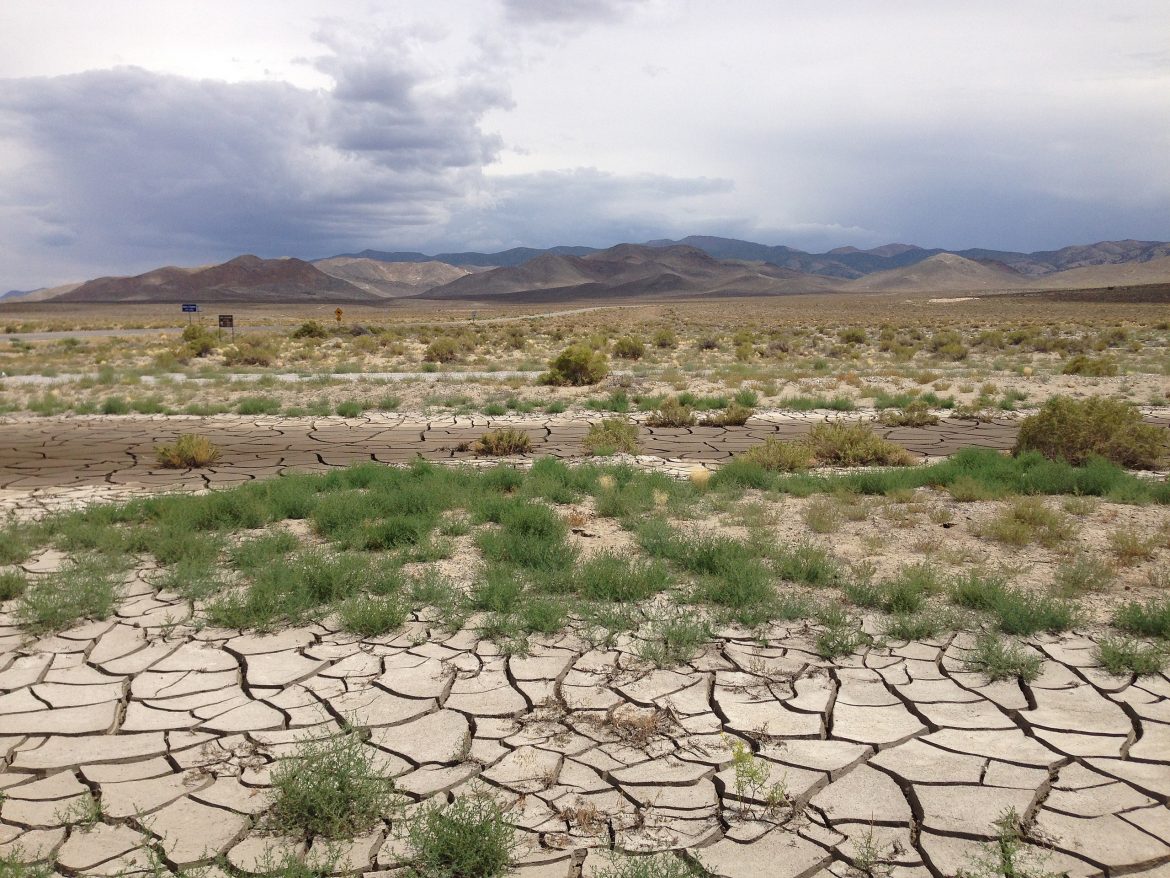New research published in the journal Nature Geoscience has found that Spain and Portugal are suffering their driest climate for at least 1,200 years, with severe implications for both food production and tourism.
Spain is the world’s biggest producer of olives and a major source of grapes, oranges, tomatoes and other produce. However, rainfall has been declining by 5-10mm a year since 1950, with a further 10-20% drop in winter rains anticipated by the end of the century.
Research has also projected a 30% decline in olive production in southern Spain production by 2100 and a fall in grape-growing regions across the Iberian peninsula of 25% to 99% by 2050 due to severe water shortages.
The latest research found that most rain on the Iberian Peninsula falls in winter as wet, low-pressure systems blow in from the Atlantic and that a high-pressure system off the coast, called the Azores high, can block the wet weather fronts.
Read also: Thousands asked to evacuate Sydney as rains flood suburbs
The researcher also found that winters featuring “extremely large” Azores highs have dramatically increased from one winter in 10 before 1850 to one in four since 1980. And that the extremes also push the wet weather northwards, making downpours in the northern UK and Scandinavia more likely.
Scientists who undertook the research said that the more frequent large Azores highs could only have been caused by the climate crisis, caused by humanity’s carbon emissions.
Dr Caroline Ummenhofer, at Woods Hole Oceanographic Institution in the US, who was part of the research team said that the number of extremely large Azores highs in the last 100 years is unprecedented when you look at the previous 1,000 years.
“That has big implications because an extremely large Azores high means relatively dry conditions for the Iberian peninsula and the Mediterranean,” said Ummenhofer. “We could also conclusively link this increase to anthropogenic emissions.”
The Iberian peninsula, for instance, has been hit by increasing heatwaves and droughts in recent years, with this year recorded as the hottest in history in Spain.
The research which also analysed weather data way back to 1850 and computer models replicating the climate back to AD850, found that before 1850 and the start of significant human greenhouse gas emissions, extremely large Azores highs occurred once every 10 years on average.
It further found that from 1850 to 1980, the frequency was once every seven years, but after 1980 this rose to every four years, even as data used showed that extremely large Azores highs slash average monthly rainfall in winter by about a third.
Story was adapted from the Guardian.
